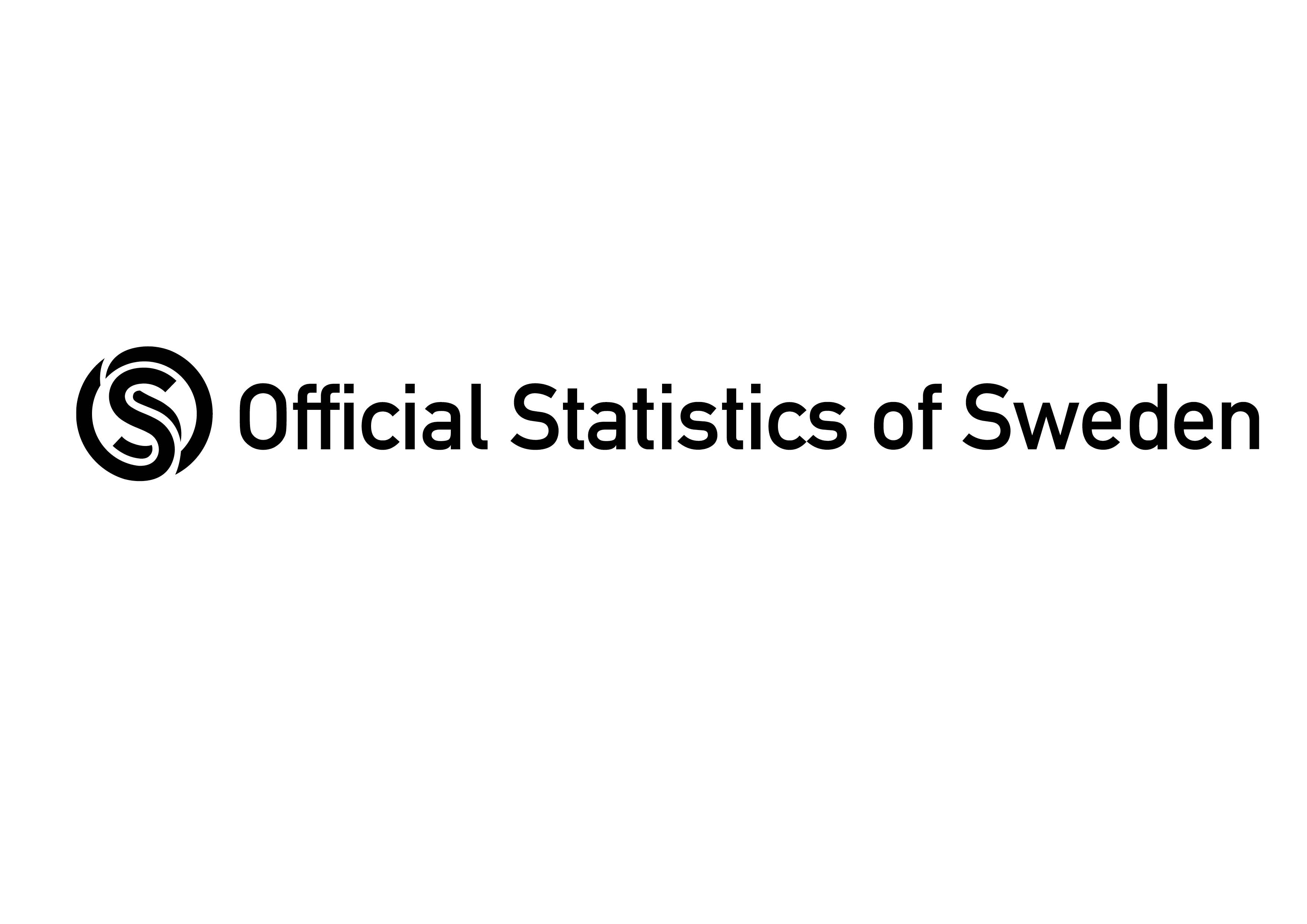Waterborne inputs of nitrogen
Official Statistics for the Swedish inputs of nitrogen to the sea.

A surplus of nitrogen in the sea is one of the main drivers of Eutrophication which in turn is one of the main threats to the biodiversity in the Seas. The availability of excess levels of nutrients can cause elevated level of algal and plant growth, increased turbidity, oxygen depletion and changes in species composition. Monitoring the amount of nitrogen supplied to the sea is important in order to both, assess the extent of the inputs in time and space, but also to ensure that the right measures can be put in place to reduce inputs and for following-up of reduction targets set in order to tackle eutrophication.
This Official Statistics of Sweden product provides information on the annual inputs of waterborne nitrogen to the sea basins adjacent to Sweden (Bothnian Bay, Bothnian Sea, Baltic Proper, Öresund, Kattegat, and Skagerrak). The data is presented showing the total annual waterborne nitrogen inputs in tonnes (originating from riverine inputs and direct point sources) and the annual mean water flow in m3 per second for the period 1995-2023. This product is updated annually.
- Annual waterborne nitrogen inputs in tonnes from 1995-2023.
 Excel, 43.5 kB.
Excel, 43.5 kB. - A list with translation of selected Swedish terms used is available here
 Pdf, 66 kB..
Pdf, 66 kB..
The data presented here is not flow normalised thus, the variations of nitrogen inputs between different years are fairly high. This variation is mainly caused by differences in precipitation and therefore in differences in waterflow and rates of leaching of nutrients in different years. For the latest year in the timeseries (2023) the waterflow for Sweden as a whole but especially in the southern parts of Sweden where fairly high which resulted even in fairly high inputs of nitrogen.
Long timeseries and flow-normalised data on nitrogen inputs are needed in order to distinguish between interannual changes and overall trends. However, this Official Statistics of Sweden product can be used for identifying differences between inputs to the sea-basins and the distribution of inputs originating from riverine inputs and point sources.
The Swedish University of Agriculture (SLU) and Statistics Sweden (SCB) in the framework of Swedish Environment Emission Data (SMED – in Swedish) compiled the represented data on behalf of the Swedish Agency for Marine and Water Management.
The riverine inputs are computed via multiplying data on riverine concentrations of nutrients obtained from the of the Swedish Agency for Marine and Water Management multiplied with the daily flow observations provided by the Swedish Meteorological and Hydrological Institute (SMHI). The Statistics of Sweden provide the data for direct point sources, such as sewage treatment plants and industries, which discharge directly into the sea and are in accordance with their respective permit obligated to report on their emissions.
On the behalf of the Swedish Environmental protection Agency does Statistics Sweden biannually compile a detailed overview of the emission of nutrients to waterbodies and sewage-sludge production (in Swedish).



